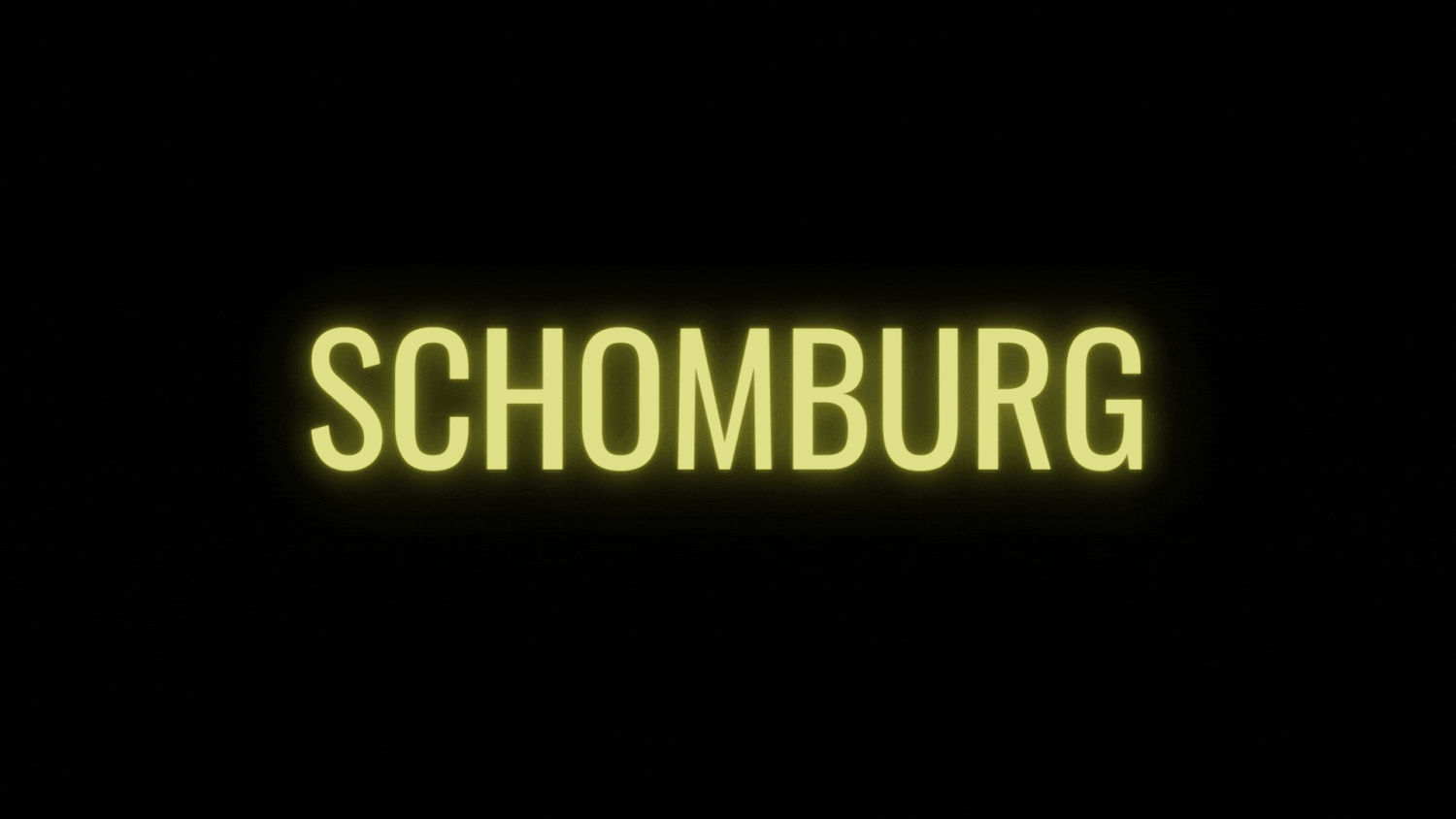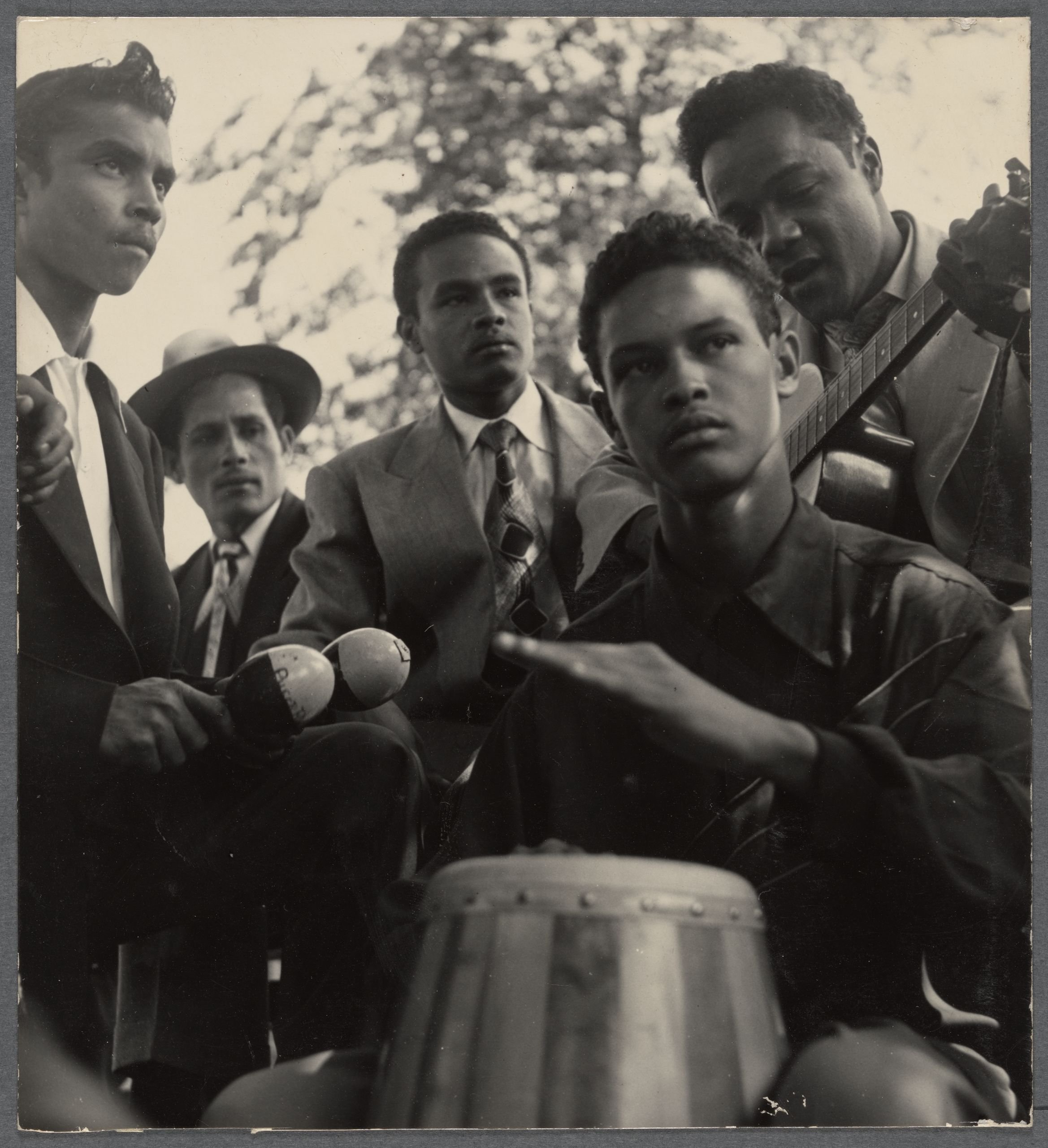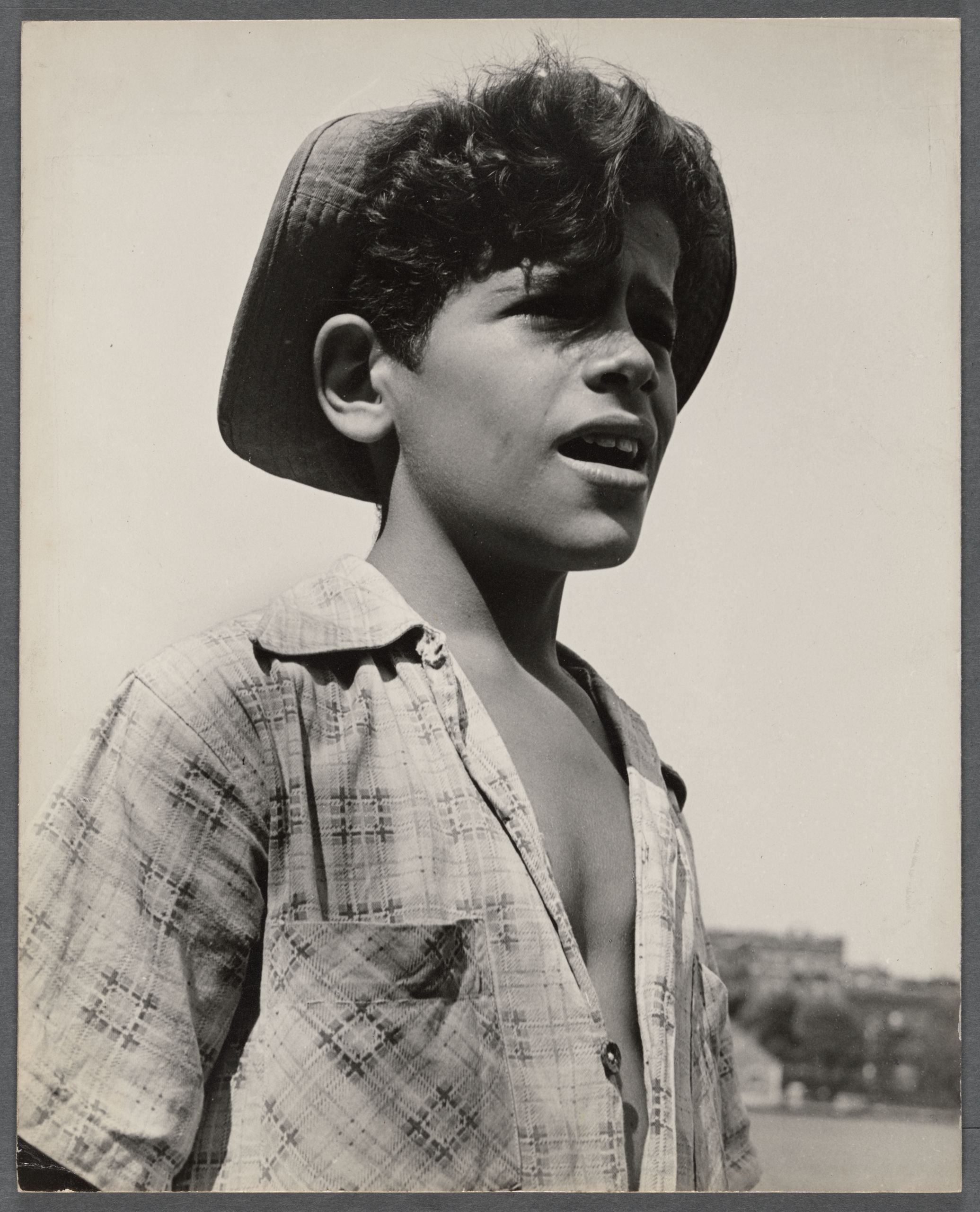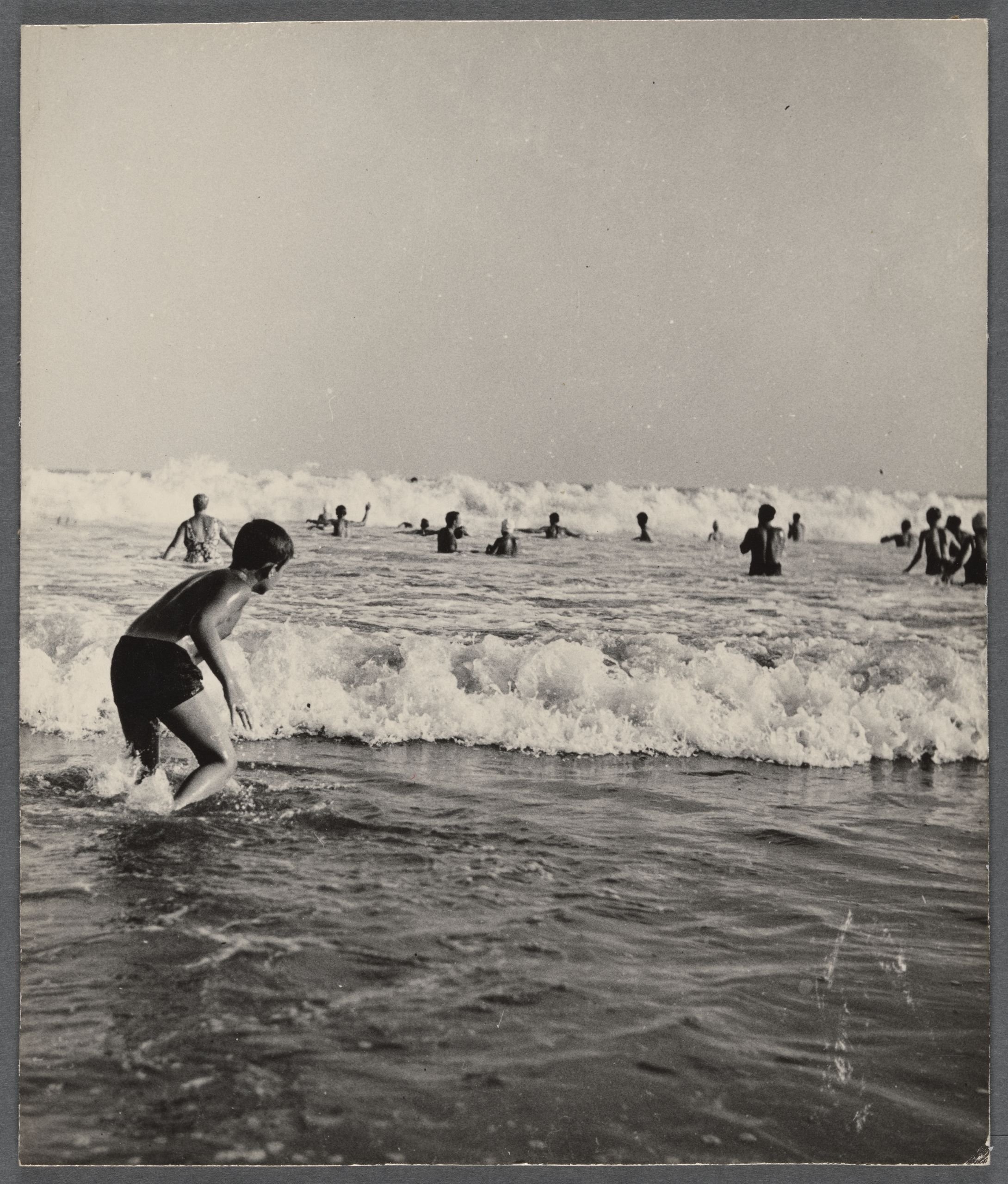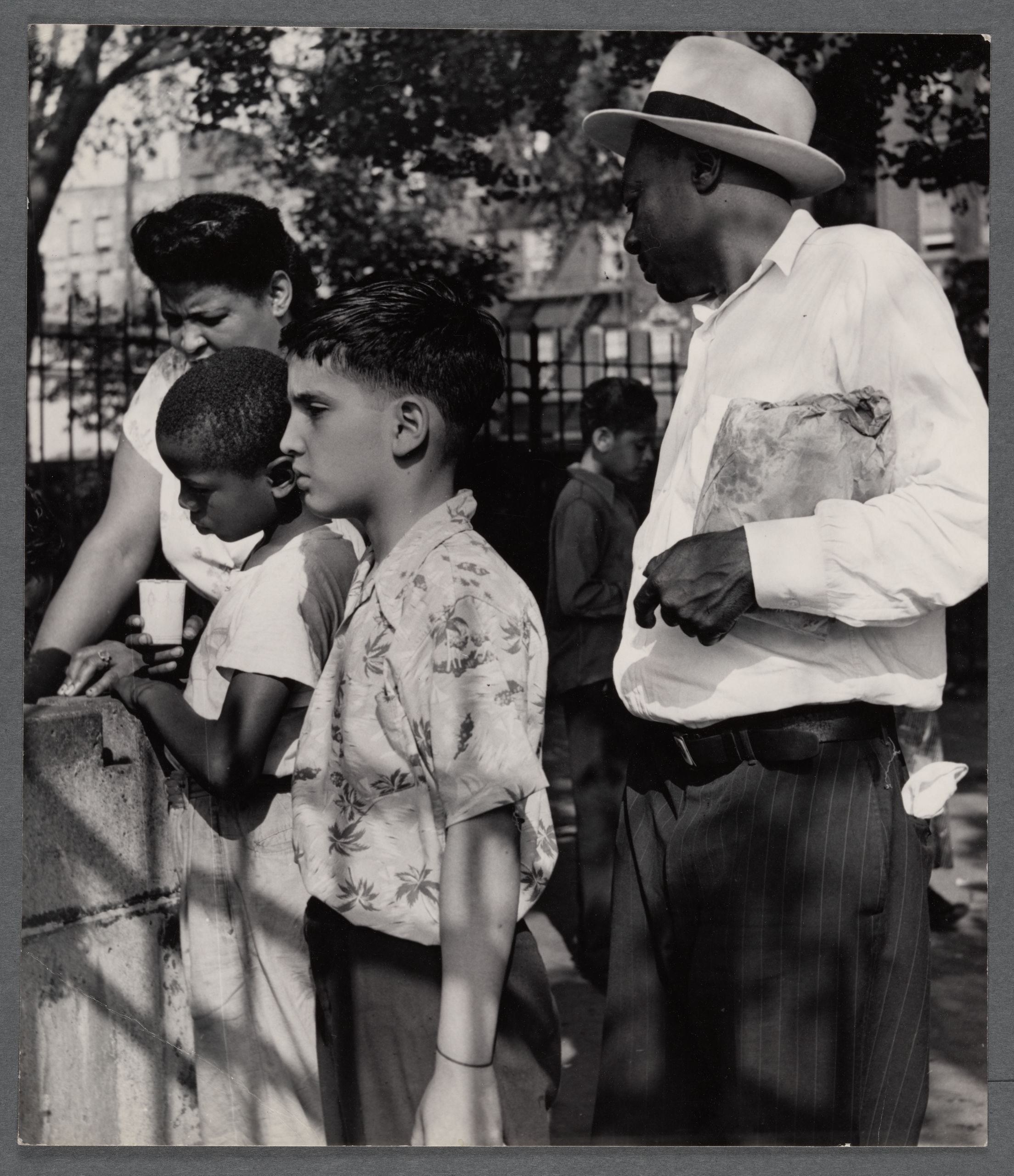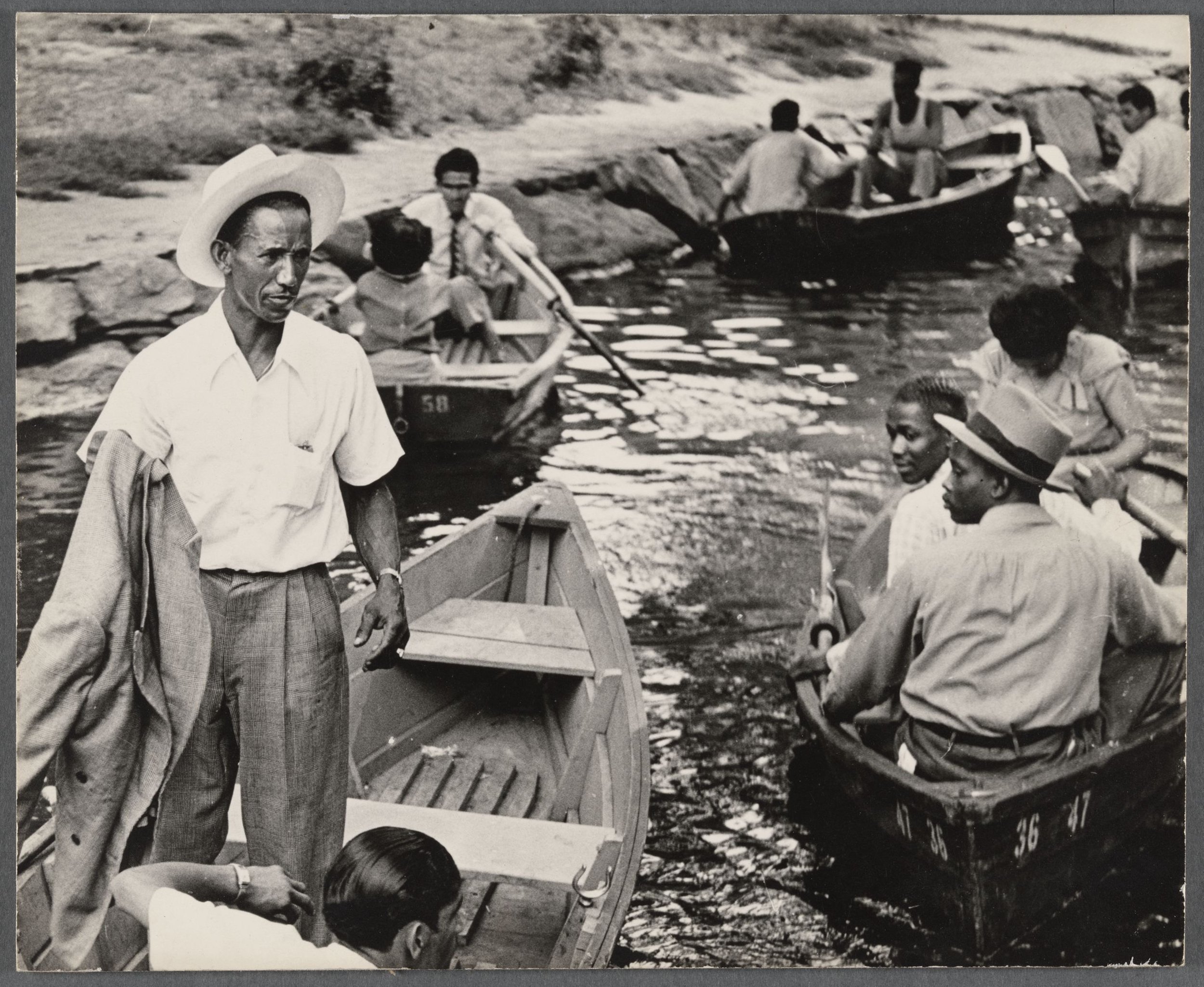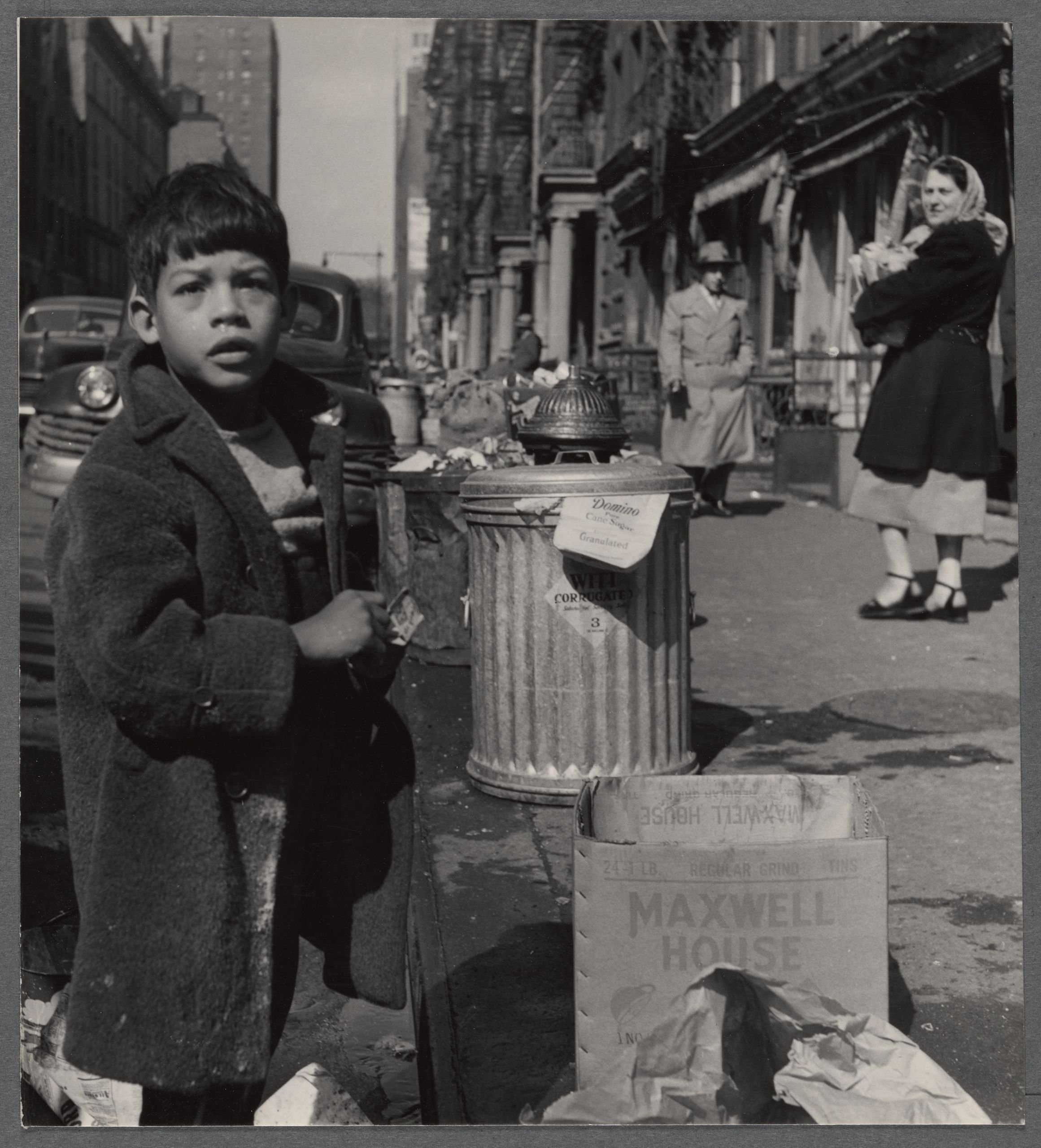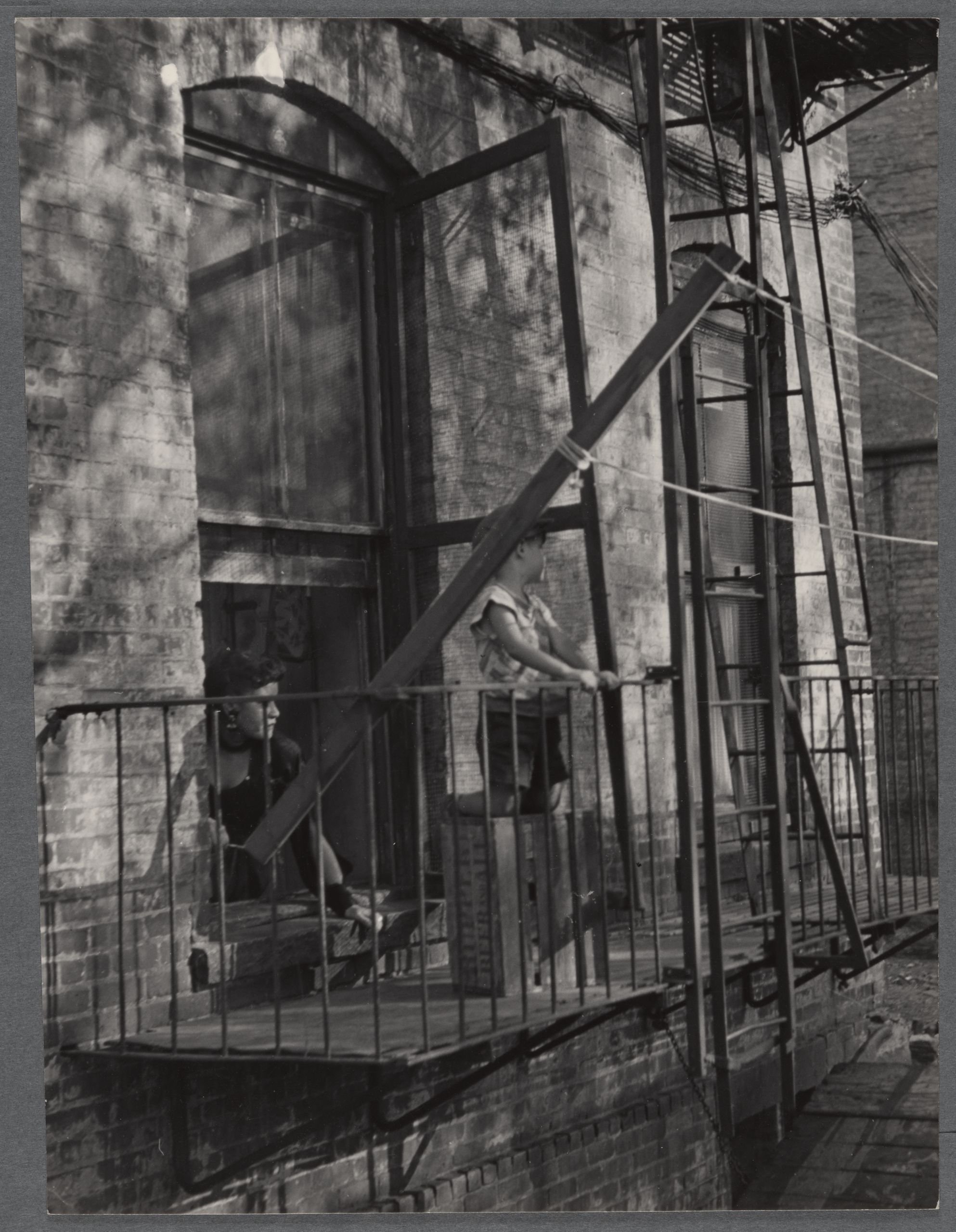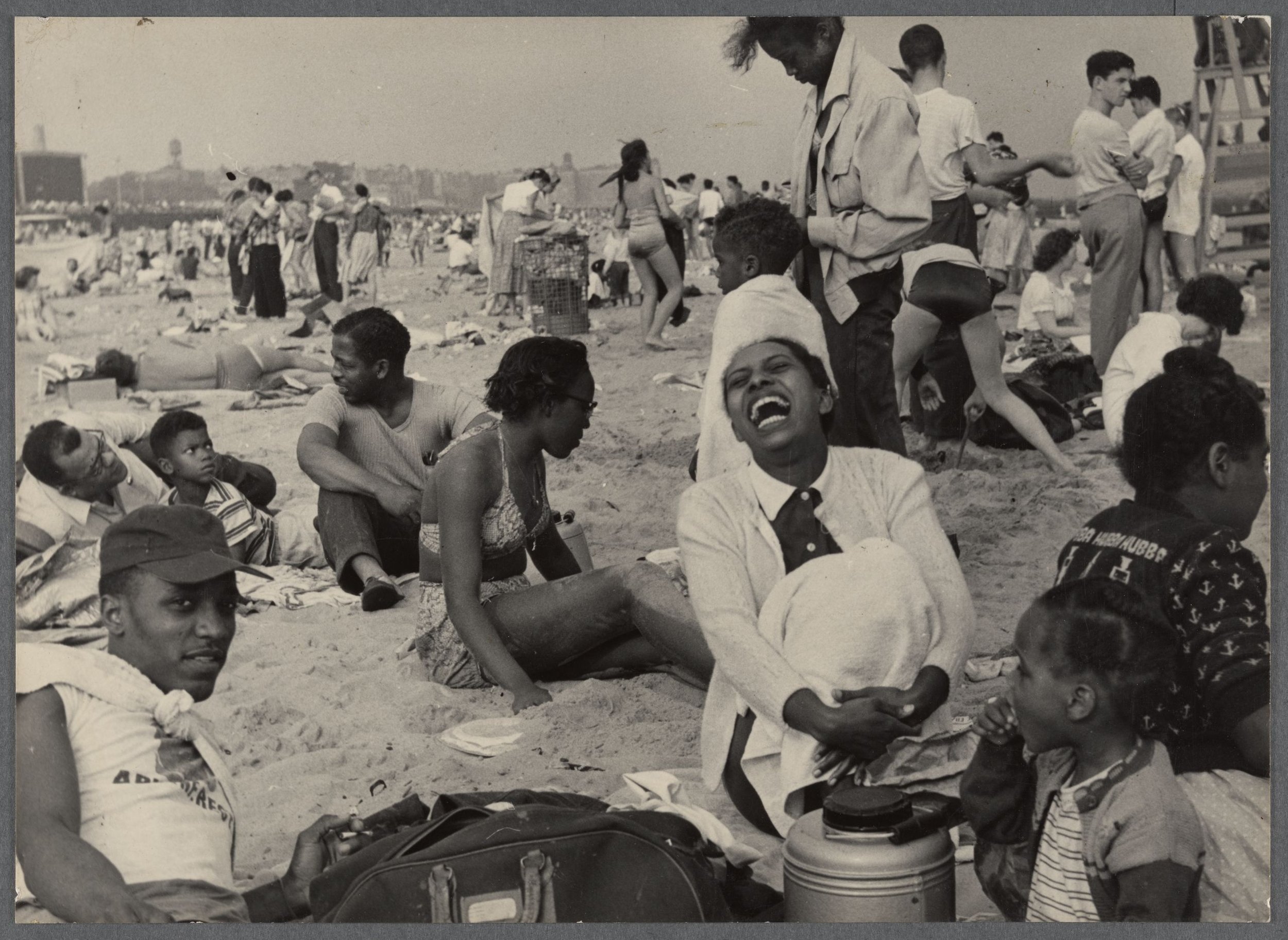NUEVAYORKINOS X DIGITAL SCHOMBURG PRESENTS
Where Roses Grow:
A LOOK AT RÓMULO LACHATAÑERÉ'S HARLEM
In collaboration with NuevaYorkinos, Digital Schomburg presents Where Roses Grow: A Look at Rómulo Lachatañeré's Harlem. Curated by Djali Brown-Cepeda and Ricardo Castañeda, creators of NuevaYorkinos, this digital exhibition pays homage to the rich history and culture of New York City’s Latino and Caribbean communities, as seen in Harlem through the lens of Afro-Cuban photographer, Rómulo Lachatañeré, between 1947 - 1951.
In the spring, NuevaYorkinos visited the Schomburg Center’s Photographs & Prints Division to research the Center’s collection of photographs by Rómulo Lachatañeré. The library’s Digital Imaging Services then digitized their curated selections, and Digital Schomburg is excited to share them with the following moving letter, written by the curator in connection to their own familial history.

A NOTE FROM THE CURATOR:
Son las tres de la tarde when my dad picks me up from school. I’m hype when I see him waiting at the recess yard, always planning his flights from Florida to get into the city early, so he can be there when the final bell rings. I give him the biggest hug, and we start our walk through El Barrio. While my dad’s side of the family is from the South Bronx, and my mother’s side is from Quisqueya Heights, Upper Manhattan, I went to school in El Barrio: home to las calles that had a thorough hand in raising and shaping me. I hadn’t known then about my bisabuelo’s Boricua heritage, but I did know that I felt so loved, so heard, whenever we'd walk down E 110th Street, or, the closest thing I knew to Borikén.
My dad and I cherish our walks around the hood, a ritual we still hold dear. On a hot summer afternoon, he’d dish out the $1.25 for the extra-large mango-coco-cherry icee sold on the corner of 3rd Avenue. With sticky fingers and a temporarily-dyed tongue, we take the long way to the green line, passing by tígueres holding down their respective blocks, abuelos watching their grandbabies run through la pompa from their fire escape, and doors opening and closing as people seeking spiritual help enter and exit botánicas. “Look, it’s Orisha!,” I pull at my dad’s arm as we walk by the iconic mosaic works of Manny Vega, Bronx Boricua visual artist. Whether his piece depicting Elegguá or a vignette of a fruit vendor in all white wearing elekes making a sale to una hija de Ochún, I always felt seen.
As not only the daughter of my mother, an Olorisha (initiated priestess within La Regla de Lucumí, an Afro-Cuban religion heavily practiced throughout the Caribbean and her diasporas in New York City, Miami, Chicago, and California), but as an Olorisha myself, El Barrio was always a place where my culture and spirituality not only made sense, but was affirmed at every corner. Spirit, Orisha, la Cultura, prideful displays of Afrolatinidad were everywhere.
A little over two decades later, my partner and I were thrilled at the opportunity to celebrate the memory of and curate a selection of work by Rómulo Lachatañeré (1906-1952). Born in Santiago de Cuba, Lachatañeré was a self-taught ethnologist and photographer who moved to New York City in 1939. In La Regla de Lucumí, we believe that before there is anything, there is Eggun: the Ancestors, biological and chosen. Many times, Eggun calls out to us, inviting us to reach b a c k, to get to know them better and, by proxy, ourselves. As an Olorisha Yemayá––priestess of Yemayá, the goddess of Maternity and the Divine Feminine in Lucumí––I was stunned to learn that aside from his photographic works, Lachatañeré also penned Oh Mio! Yemaya (1938) and Manual de Santeria (1942), on Afro-Cuban religious beliefs. Sifting through his archive felt that much more special.
Embarking on this journey at Schomburg––a space built by a visionary Afro Boricua scholar, where my paternal grandmother worked for years, across the street from Pan Pan and the apartment complex my late-great aunt lived for decades [may both their memories be remembered], up the block from where my mother and I once lived––was Spirit in action. Spirit allowing us to grow closer as archivists, and as partners in love and life. While engaging in this work, we hope that you can feel the love and care that went into this curation; that you are moved by these images, and inspired to document your communities and learn more about New York City history, and Latino migration.
Light, peace, and progress, Luz y Progreso, Ibaé Baén Tonú to Rómulo Lachatañeré, and to those in these images who are no longer with us today. May they be remembered.
—Djali Brown-Cepeda, Creator of NuevaYorkinos
NuevaYorkinos is a digital archival and multimedia project preserving New York City's Latino and Caribbean culture and history through family photographs, videos, and stories. Established in February 2019, NuevaYorkinos seeks submissions from Latino and Caribbean New Yorkers across diasporas, taken within the five boroughs, before 2010. For historically marginalized communities, storytelling is an act of decolonization and––in a city whose Black, Brown, and immigrant communities find themselves in a constant battle against displacement––a way to combat gentrification. By showcasing stories from across the city, NuevaYorkinos celebrates the collective beauty, love, and resilience of immigrant New York. By Djali Brown-Cepeda and Ricardo Castañeda.
For more educational materials on the work of Rómulo Lachatañeré, please browse The NYPL’s Center for Educators and Schools curriculum resources.
*With Rose Design Elements Via Canva.com By:
© GW from Canvalutionaries
© Buntysmum from Pixabay
© Billion Photos
